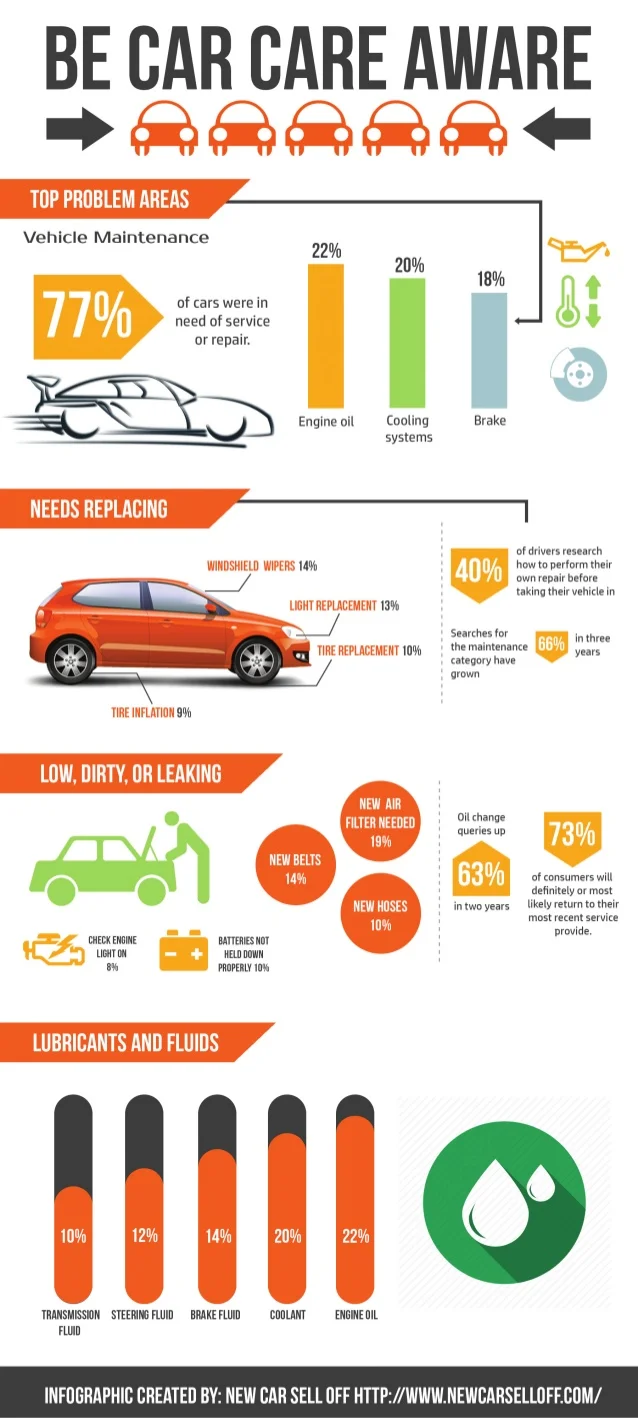Nevertheless, What Can Be Done Regarding Mushy Brake Pedals? Find The Solution Laid Out Listed Below!
Nevertheless, What Can Be Done Regarding Mushy Brake Pedals? Find The Solution Laid Out Listed Below!
Blog Article
Staff Writer-Spence Reynolds
When it comes to your car's brake system, comprehending common issues can conserve you from prospective safety and security risks. From determining brake pad wear to dealing with brake fluid leakages, understanding exactly how to deal with these troubles is important. But what about those squishy brake pedals? There's a solution for that as well. Keep tuned to read more regarding these concerns and the useful options that can maintain you securely when driving.
Brake Pad Wear and Replacement
When it pertains to preserving your car's brake system, one important aspect to keep an eye on is the wear and substitute of brake pads. Brake pads are crucial elements that push versus the brake blades to reduce or quit your car. Over time, these pads wear down due to rubbing, needing normal evaluation and replacement to ensure your brakes work efficiently.
To determine if your brake pads need replacement, pay attention for shrilling or grinding sounds when you use the brakes. Additionally, if your vehicle takes longer to quit or you observe vibrations or pulsations when braking, it might be time to change the brake pads.
Neglecting worn brake pads can bring about lowered braking efficiency, damages to other brake parts, or even brake failure.
Replacing brake pads is a fairly straightforward process for several lorries. Nevertheless, if you're unclear or unpleasant executing this job, it's ideal to consult an expert technician to guarantee correct installation and optimum brake efficiency.
Consistently inspecting and replacing brake pads is crucial for your security and the long life of your automobile's stopping system.
Brake Liquid Leaks and Maintenance
To guarantee your automobile's brake system works efficiently, it is very important to additionally focus on brake fluid leaks and upkeep. https://collintohcw.ttblogs.com/9826935/exploring-different-career-paths-in-the-automobile-fixing-sector is critical for sending the force from your foot on the brake pedal to the real braking device. One usual issue with brake liquid is leaks, which can take place due to deteriorated brake lines, seals, or links. If https://devinhbwpj.aboutyoublog.com/31981184/find-out-how-to-reduce-the-ecological-effect-and-boost-sustainability-in-your-vehicle-repair-shop-by-leveraging-green-approaches-look-into-the-information-in-this-enlightening-write-up discover a puddle or trickles under your automobile, it's important to address the leakage immediately to prevent a possible brake failure.
Routinely checking your brake liquid level is essential to preserving your brake system. Reduced browse around this web-site can result in air entering the brake lines, which compromises braking efficiency.
Furthermore, old or polluted brake fluid can affect the general efficiency of your brakes. It's suggested to adhere to the producer's guidelines on when to change the brake fluid, generally every 2 years.
Spongy Brake Pedal: Blood Loss Brakes
If you have actually ever experienced a squishy brake pedal while driving, you understand the importance of preserving a firm and responsive stopping system. One typical source of a mushy brake pedal is air trapped in the brake lines. When air goes into the brake system, it can lead to a loss of hydraulic pressure, resulting in that disturbing spongy sensation when you press the brake pedal.
To solve this concern, hemorrhaging the brakes is necessary. Bleeding the brakes involves getting rid of the air from the brake lines to restore correct hydraulic pressure.
To https://www.registercitizen.com/news/article/Torrington-mechanic-turns-auto-shop-into-haven-17066568.php , you'll require a helper to help you. Begin by locating the brake bleeder valve on each wheel, typically located near the brake caliper. With a wrench, loosen up the shutoff and have your helper press the brake pedal while you observe any air bubbles coming out. Repeat this procedure for each wheel, starting from the wheel farthest from the master cyndrical tube and relocating better.
As soon as you no longer see air bubbles and only clear fluid emerges, tighten up the shutoff and top up the brake liquid reservoir as required. Hemorrhaging the brakes helps make sure a company brake pedal and boosts general stopping efficiency.
Verdict
Now that you recognize typical brake problems and just how to repair them, you can guarantee your automobile's safety and security and efficiency. Bear in mind to listen for warning signs like shrieking noises or mushy brake pedals, and resolve them immediately. Regular maintenance and prompt substitutes are key to keeping your brakes in leading condition. Remain aggressive and conscientious to your brake system to appreciate secure and trusted driving experiences.
